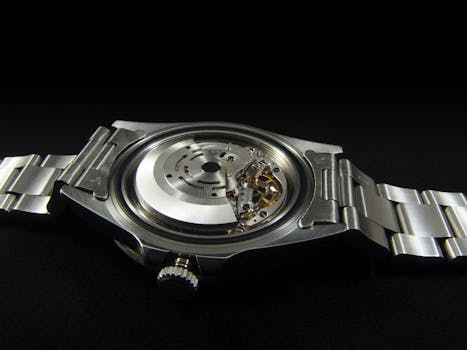Smart Homes 2025: The Rise of AI-Driven Devices
Introduction to Smart Homes
Smart Homes 2025: The Rise of AI-Driven Devices is revolutionizing the way we live and interact with our living spaces. With the integration of artificial intelligence (AI) and Internet of Things (IoT) technology, smart homes are becoming increasingly intelligent, automated, and responsive to our needs. In this article, we will explore the latest trends and advancements in smart home technology, and what we can expect from AI-driven devices in the near future.
What are Smart Homes?
A smart home is a residence that incorporates advanced technology to provide occupants with a convenient, comfortable, and secure living environment. Smart homes typically feature a network of interconnected devices, sensors, and systems that can be controlled and monitored remotely using a smartphone or voice assistant. These devices can include thermostats, lighting systems, security cameras, door locks, and entertainment systems, among others.
AI-Driven Devices in Smart Homes
AI-driven devices are transforming the smart home landscape by enabling devices to learn and adapt to our habits and preferences. These devices use machine learning algorithms to analyze data from various sensors and systems, and make decisions autonomously. For example, an AI-powered thermostat can learn a household’s temperature preferences and adjust the temperature accordingly, while an AI-driven security system can detect suspicious activity and alert homeowners.
Benefits of AI-Driven Devices in Smart Homes
The integration of AI-driven devices in smart homes offers numerous benefits, including:
- Enhanced convenience: AI-driven devices can automate routine tasks, such as adjusting lighting and temperature, and provide personalized recommendations.
- Improved energy efficiency: AI-powered devices can optimize energy consumption by learning a household’s energy usage patterns and adjusting energy-intensive systems accordingly.
- Increased security: AI-driven security systems can detect and respond to potential threats in real-time, providing an additional layer of protection for homeowners.
- Personalized experiences: AI-driven devices can learn and adapt to individual preferences, providing a tailored experience for each household member.
Challenges and Limitations
While AI-driven devices offer numerous benefits, there are also challenges and limitations to consider. These include:
- Data privacy and security concerns: The collection and analysis of data by AI-driven devices raise concerns about data privacy and security.
- Interoperability issues: The integration of multiple AI-driven devices from different manufacturers can be complex and may require additional infrastructure.
- Cost and affordability: AI-driven devices can be expensive, making them inaccessible to some households.
Conclusion
Smart Homes 2025: The Rise of AI-Driven Devices is transforming the way we live and interact with our living spaces. With the integration of AI and IoT technology, smart homes are becoming increasingly intelligent, automated, and responsive to our needs. While there are challenges and limitations to consider, the benefits of AI-driven devices in smart homes are undeniable. As technology continues to evolve, we can expect to see even more innovative and exciting developments in the world of smart homes.






